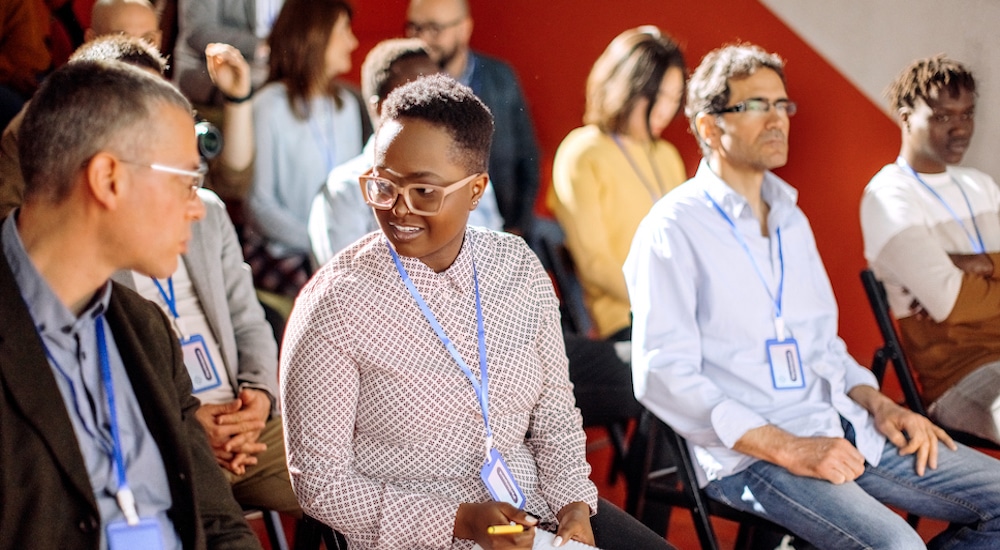'Contact lens' for the ear project on cusp of clinical testing
Innovation
A "completely new alternative to a normal hearing device"—an eardrum-hugging disc using a piezoelectric transducer and labelled by its inventors a "contact lens" for the ear—now has the home straight of its development in sight.

Both the scientific and legal steps of this Swiss-German innovation are well advanced, with clinical testing being set up, and a legal framework prepared which should see EU-wide registration though CE marking within a year. According to its developers, the mechanics of the tiny MEMS (Micro Electro Mechanical Systems) better satisfies the two perennial goals of hearing device technology: better hearing sound quality, in this case due to direct stimulation of the eardrum; and smaller, hardly visible parts, since they are placed deep inside the auditory canal.
EU support has been vital for the project, which is a collaboration between two start-ups: PIEMACS, from Lausanne, Switzerland, which in 2016 won an EIT Health Germany Headstart Grant for its idea of using a transducer system for a hearing aid, and Vibrosonic, a spin-off from the Stuttgart-based Fraunhofer Institute for Manufacturing Engineering and Automation IPA (“We manufacture the future” is the latter’s logo).
This funding from the EU-backed EIT Health organisation has helped the developer through crucial stages of the project, which has had to meet the challenge of finding the right materials for the ultra-thin piezoelectric films, as well as establish consistent performance for the speaker system used.
“PIEMACS and Vibrosonic decided, for the first time, to benchmark different technologies used for deposition of piezoelectric thin film, in our case lead zirconate titanate (PZT) for the hearing aid,” explained Dr. Ramin Matloub, General Manager of PIEMACS Sàrl.
The Managing Director of Vibrosonic, Dr. Dominik Kaltenbacher, explained: “At the moment we are at the threshold of clinical testing. There have already been some users within the framework of a pilot programme.”
Source: EIT Health



